The Benevolent Impact of Virtual Reality on Modern Art Appreciation
From cave paintings to digital canvases, art has continuously evolved, reflecting the epoch's spirit and technological advancements. But in the recent years, one technology has stood out for its disruptive potential - virtual reality (VR). It is significantly transforming how art is accessed, viewed, and experienced, enhancing appreciation and making art transcend boundaries and challenges.
Art and Technology: An Interplay
Technology has always played a pivotal role in augmenting artistic expression and appreciation. From the invention of the camera obscura to the birth of acrylic paints, art has consistently consumed and reflected technological changes. Virtual reality, however, takes this interaction to another level by offering immersive, transformative experiences, far beyond mere visual enhancement.
Virtual Reality: A Portal to the Art World
Virtual reality in art offers unprecedented democratic access to masterpieces that were once confined to physical spaces of art studios, galleries, and museums. Via VR technology, renowned art spaces such as the Louvre or the Metropolitan Museum of Art can be experienced from the comfort of home, breaking geographical barriers and making art more accessible than ever.
The Museum of Modern Art (MoMA) in New York and the British Museum in London are prime examples of institutions that have incorporated VR into their operations. They offer virtual tours that allow audiences to explore collections in a completely new, interactive, and immersive manner. Such initiatives have become more crucial in the pandemic era where travel and physical access have been heavily disrupted.
Fostering Deeper Connections with Art
Beyond accessibility, VR also facilitates a deeper understanding of art. It ushers audiences into the artist's world, unveiling the creative process, context, and history behind the artworks. This capacity for storytelling deepens the emotional connection between the viewer and the art, thereby enriching the appreciation process. Furthermore, VR can create environments and modify viewer perspectives in ways that aren't possible in a physical setting, enhancing the spectator's artistic experience.
Beyond Boundaries: The Future Prospects of VR in Art
The implications of VR in art are far-reaching. It has the potential to revolutionize art education by embedding students in the world they are studying, thus providing experiential learning opportunities. The VR-enabled digital archiving of art pieces could significantly aid art conservation efforts, ensuring the longevity of art pieces and their accessibility for future generations.
For artists, VR offers a new medium to explore, experiment and express, further expanding the boundaries of the art world. For audiences, it makes art inclusive and interactive, fostering appreciation in ways hitherto unimagined.
From redefining the museum experience to exploring new dimensions in art creation and appreciation, the prospects of VR in the art world are exciting. As we continue to explore this convergence of art and technology, it's clear that VR is not just a tool, but a new canvas for the future of art.
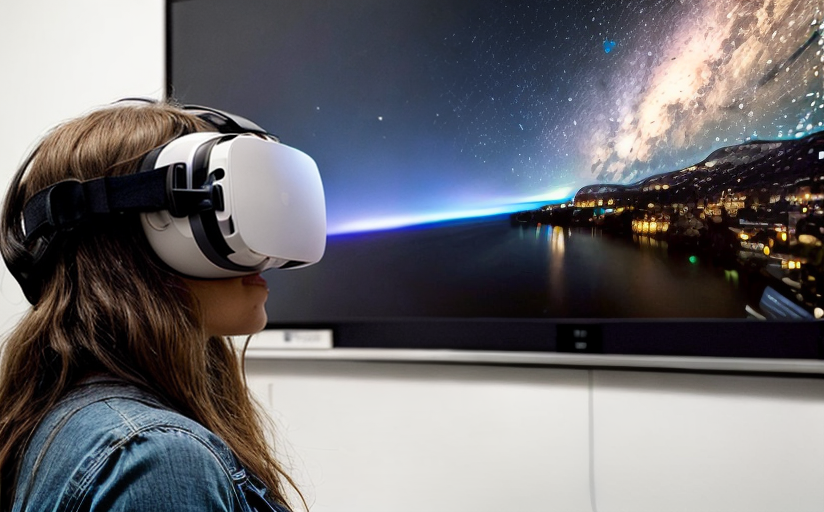
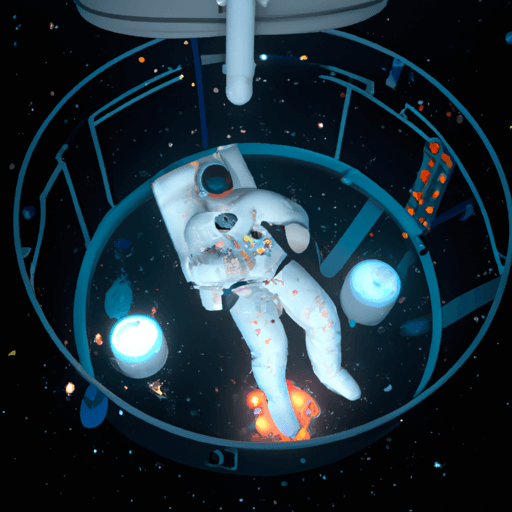
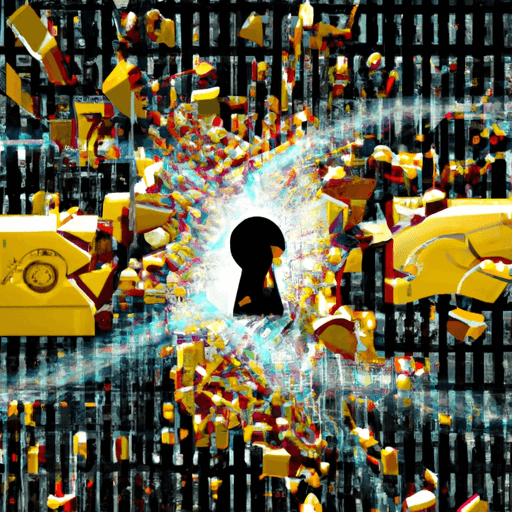


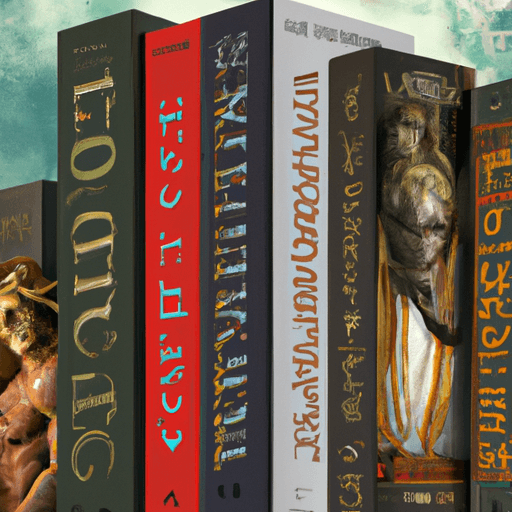

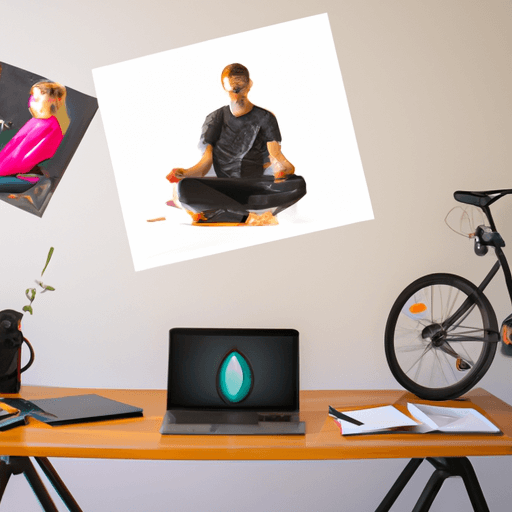
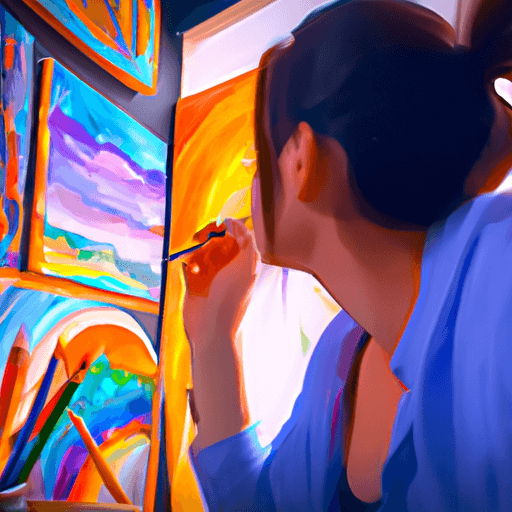

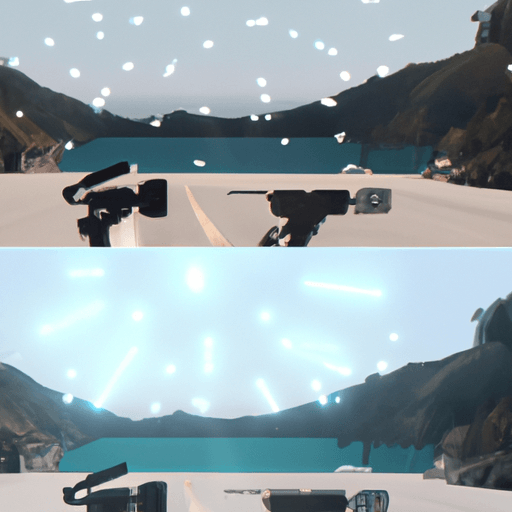


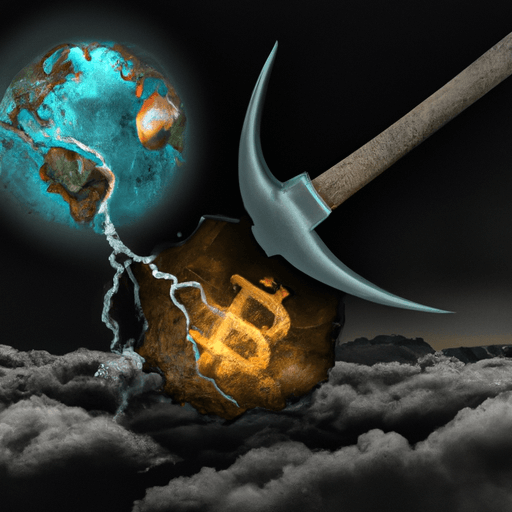
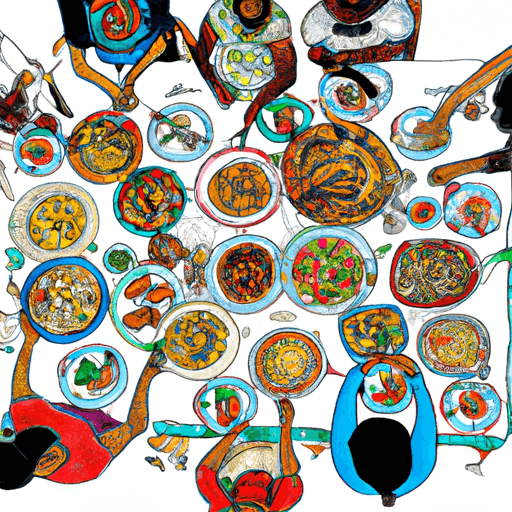
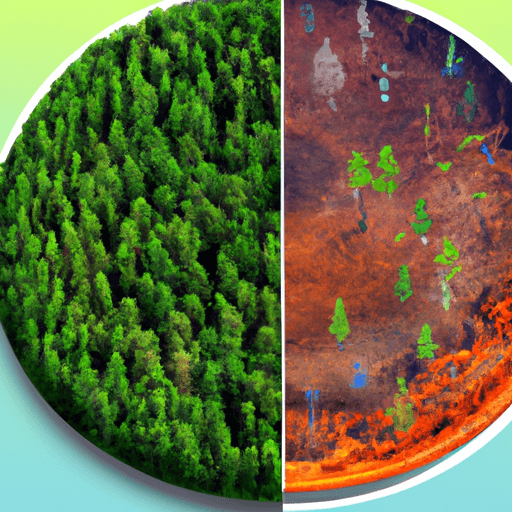



Comments
Leave a Comment